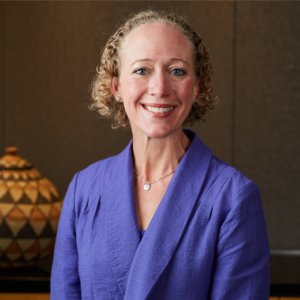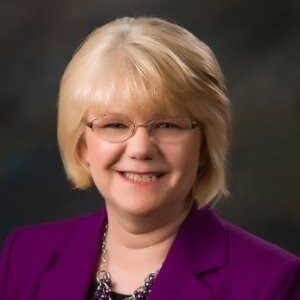Documenting Quality Assurance
| Documenting Quality Assurance Those meeting minutes will improve your facility-and save it from survey grief BY LINDA O’BOYLE ZANESKI, NHA, MHA, BSN, RN-C |
| Anyone involved in the delivery of long-term care services knows all too well how important it is to have good documentation in the clinical record. But many of us often forget how important it is to have good documentation of meeting minutes-especially of your quality assurance (QA) meetings. Your facility should clearly doc-ument QA meeting minutes to both show and enhance the effectiveness of the program. Below are some guidelines to follow in achieving this. |
| Record Attendance Your minutes need to reflect who was invited, who was present, who was not, and who was excused. Make sure that, at least quarterly, all disciplines have a representative attend the meeting. Use your QA policy as a guide as to who should be invited-for example, it’s always a good idea to have a nurse and nursing assis-tant present for their input at every meeting. Keep Statistics Perform Audits Each discipline should use audits to report on what it is doing to ensure quality care. For example, dietary may report its audits on recording of weights, calorie counts, and dietary recommendations. Perhaps resident weights and calorie-count audits resulted in 100% compliance, but the results of your dietary recommendations were recorded below your set threshold of compliance. The minutes should reflect your plans for changing the dietary recommendations and how you intend to monitor the results the following month. The next meeting minutes will (hopefully) record improvements in these areas. Review Resident Surveys/Complaints Address Survey Results Include Other Reports Remember to tailor your QA meeting to fit your facility’s needs. Be honest in recording these. Don’t be afraid to enter real problems into the QA minutes. When you discover a problem, document the discovery, the plan to correct it, the monitoring process, and the results. Your QA minutes will be the backbone of your quality improvement efforts. NH |
| Linda O’Boyle Zaneski, NHA, MHA, BSN, RN-C, is administrator of the Wyoming Valley Health Care System’s Transitional Care Unit, Wilkes-Barre General Hospital, Wilkes-Barre, Pennsylvania. For further information, e-mail lzaneski@wvhcs.org. To comment on this article, please send e-mail to zaneski0903@nursinghomesmagazine.com. |
I Advance Senior Care is the industry-leading source for practical, in-depth, business-building, and resident care information for owners, executives, administrators, and directors of nursing at assisted living communities, skilled nursing facilities, post-acute facilities, and continuing care retirement communities. The I Advance Senior Care editorial team and industry experts provide market analysis, strategic direction, policy commentary, clinical best-practices, business management, and technology breakthroughs.
I Advance Senior Care is part of the Institute for the Advancement of Senior Care and published by Plain-English Health Care.
Related Articles
Topics: Articles , Facility management , Regulatory Compliance










